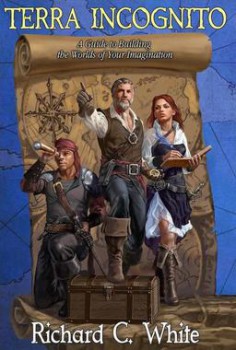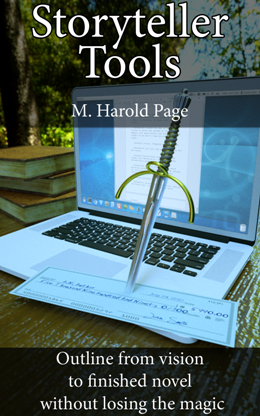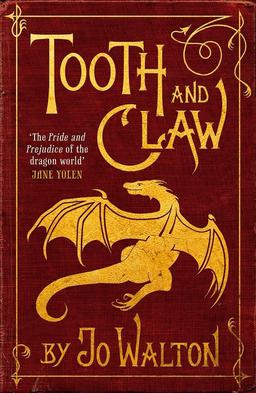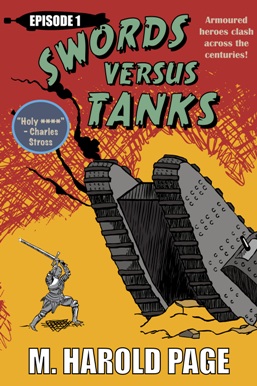Hearing Gulf: A Conversation With Allyson Johnson
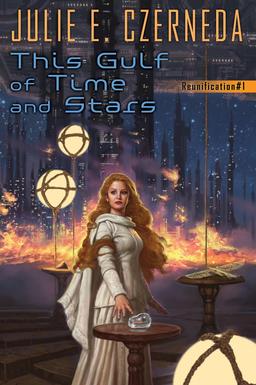 I’m delighted to have the chance to introduce you to the voice of the audible.com audiobook edition of This Gulf of Time and Stars, as well as the Trade Pact trilogy. Hi Allyson!
I’m delighted to have the chance to introduce you to the voice of the audible.com audiobook edition of This Gulf of Time and Stars, as well as the Trade Pact trilogy. Hi Allyson!
Allyson: Hi Julie! It is truly a pleasure to be having a conversation with you about the Trade Pact world. Ordinarily, the only person I’m able to speak with about a book is the engineer who’s recording me. So this is a real treat!
For me too. I didn’t expect to be involved with the audiobook process at all, let alone meet the actor! You and I have had a few phone calls to discuss vocabulary over the four books. Anyone who clicks on the sample of the latest will know at once what a wonderful job you’ve done, Allyson. I know you prepared well in advance. You told me you listened to your own recordings of A Thousand Words For Stranger, Ties of Power, and To Trade the Stars before you tackled Gulf. What did that help you accomplish?
Thanks so much for your kind words. To be honest, although I tuned into a few choice sections of the other two titles, I only had time to listen to Trade all the way through, prior to recording Gulf. But I always take copious notes about character descriptions, vocal characteristics, accent choices, pronunciations, etc. whenever I prep a book. So I was able to refer back to the index cards I’d previously created for the trilogy and create a spreadsheet that would allow for quick and easy reference in the booth. It had, however, been three years since I’d last entered Trade Pact space, as it were, and there’s nothing like hearing long passages of dialogue to refresh my mind. Listening also reminded me of plot points I hadn’t thought about in a long time, which allowed me to pick up where the story left off once I actually began narrating Gulf. I try to be mindful of the fact that listeners sometimes elect to hear books in a series back-to-back. So I need to make the transitions between those stories as seamless as possible.

